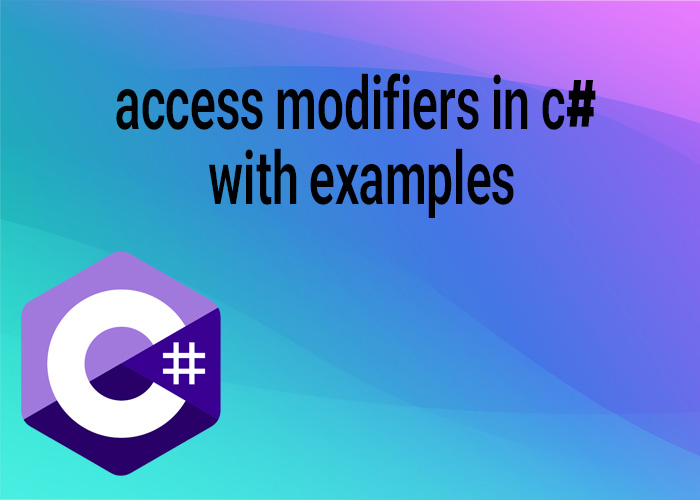.NET Aspire is an opinionated, cloud-ready framework designed for building observable, distributed applications. The framework streamlines development by providing a collection of tools and standardized interfaces that handle common cloud-native concerns, ensuring seamless connectivity with various services. .NET Aspire components are essential to this experience, helping you build production-ready applications efficiently.
What Are .NET Aspire Components?
.NET Aspire components are NuGet packages that simplify integration with popular services like Redis and PostgreSQL. Each component is designed with standardized patterns to handle telemetry, health checks, and configuration. Components offer a consistent approach to integrating cloud-native services, making development and management simpler.
Key Features of .NET Aspire Components
- Orchestration: Components work seamlessly with .NET Aspire orchestration, flowing their configurations through dependencies based on project references.
- Service Discovery: Simplifies service connectivity with standardized connection strings and discovery mechanisms.
- Telemetry & Health Checks: Built-in support for telemetry and health checks ensures observability and resilience.
How They Work
Configuration and Integration: Components can automatically inherit configurations based on project references. For instance, if Project A references Project B, Project A can seamlessly use services configured in Project B.
Standardization: Using standardized patterns, components handle complexities like telemetry and health checks in a uniform way, reducing the need for repetitive configurations.
Example of .NET Aspire Component Usage
Here's an example of adding an Azure Service Bus client using a .NET Aspire component:
// Create a distributed application builder
var builder = DistributedApplication.CreateBuilder(args);
// Add an Azure Service Bus component
builder.AddAzureServiceBusClient("servicebus");
In this example, the AddAzureServiceBusClient method:
- Registers a ServiceBusClient as a singleton in the DI container for connecting to Azure Service Bus.
- Configures ServiceBusClient using either inline code or configuration files.
- Enables health checks, logging, and telemetry specific to Azure Service Bus.
Types of .NET Aspire Components
.NET Aspire supports a variety of components catering to different services:
- Databases:
- PostgreSQL, SQL Server, Azure Cosmos DB
- Messaging:
- RabbitMQ, Azure Service Bus, Apache Kafka
- Caching:
- Redis Caching
Application Structure
A typical .NET Aspire application contains at least three core projects:
- App Project: Your main app (UI/API) which could be Blazor, MVC, or any other type.
- AppHost: Manages orchestration of the app.
- ServiceDefaults: Contains shared configurations for telemetry, health checks, etc.
Further Reading
To gain a deeper understanding of .NET Aspire and how it interacts with other technologies, check out these related articles:
Integrating Docker Compose with .NET Aspire for Simplified Development: Learn how Docker Compose complements .NET Aspire by enabling seamless management of multi-container setups, crucial for building modern cloud-native applications.
Introduction to .NET Aspire in Comparison to Other Technologies: Dive into a comprehensive comparison of .NET Aspire with other technologies like ASP.NET, Blazor, Dapr, and Docker, to understand its unique advantages for developing cloud-ready applications.
These resources will provide you with a broader perspective on the strengths of .NET Aspire and how to utilize it efficiently in your projects.
Conclusion
.NET Aspire components make building cloud-native applications much easier. By standardizing the way services are connected and providing built-in support for telemetry, health checks, and service discovery, they enable a consistent, opinionated development process. Take advantage of these components to streamline your next cloud-native application development.





